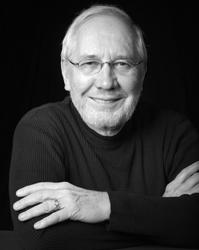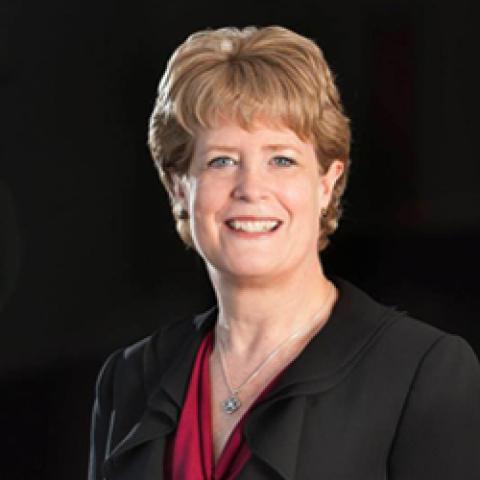
John Obetz, of Leawood, Kansas, died February 12, 2015. He was 81. Obetz, known for his “The Auditorium Organ” radio program, broadcast from the Community of Christ (previously RLDS) Auditorium, taught for more than 30 years at the University of Missouri-Kansas City’s Conservatory of Music and was a key figure in the installation of the Casavant organ in Helzberg Hall at the Kauffman Center for the Performing Arts. Active in the American Guild of Organists, he served as a chapter dean, regional chairman, and on the AGO National Council for two decades.



